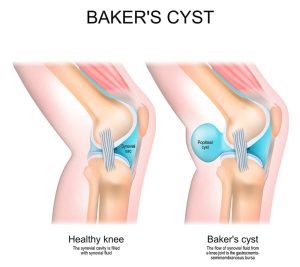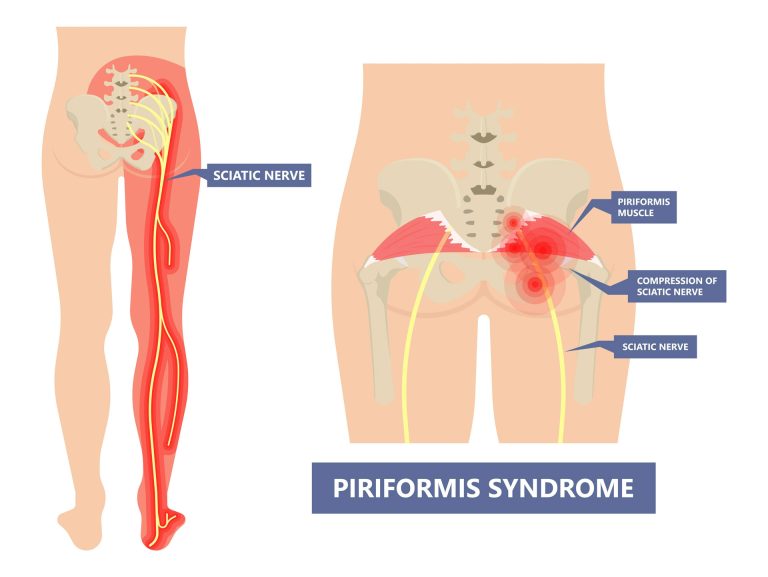

The piriformis muscle plays a crucial role in stabilizing and rotating the hip joint. Located deep in the gluteal region, it lies directly beneath the sciatic nerve. Due to this close anatomical relationship, tightness or spasms in the piriformis muscle can lead to compression of the sciatic nerve, resulting in a condition known as piriformis syndrome.
Piriformis syndrome typically develops due to excessive tightness or strain in the piriformis muscle. This may occur after an injury, overuse, or repetitive trauma to the muscle, or due to a related injury in the lower back or lumbar spine. The condition is most common in individuals engaged in sports or activities that repeatedly use the piriformis muscle, such as running, sprinting, jumping, squatting, or lunging.
Common symptoms of piriformis syndrome include:
These symptoms may worsen with prolonged sitting, prolonged standing, or certain movements that place strain on the hip and gluteal region.
Several factors increase the risk of developing piriformis syndrome, including:
At York-Med Physiotherapy & Wellness Centre, our registered physiotherapists take a holistic and individualized approach to treating piriformis syndrome. We will assess your condition thoroughly to design a treatment plan that promotes healing, alleviates pain, and reduces the risk of recurrence.
Traction techniques for the lower limb in hip flexion/abduction to relieve pressure
Mobilizations of the sacroiliac joint (SIJ) to improve mobility
Soft tissue massage and trigger point release therapy to relax tight muscles
Ultrasound therapy to target the piriformis muscle and reduce inflammation
A customized core muscle strengthening exercise program to enhance stability and prevent future issues
We focus on restoring function and preventing future flare-ups by addressing both the symptoms and underlying causes of piriformis syndrome.
With a patient-centered approach and evidence-based techniques, we are committed to providing top-quality care for conditions like piriformis syndrome. Our physiotherapists will guide you through an effective rehabilitation plan to help you return to your activities pain-free and with improved strength and flexibility.
This version is written to be informative, SEO-friendly, and competitive in the Richmond Hill market. It incorporates targeted keywords while maintaining an academic and approachable tone. Let me know if you’d like to further refine it!
© 2020 York-Med Physiotherapy and wellness center | Richmond Hill & Vaughan. All Rights Reserved.
Designed by Magham Agency